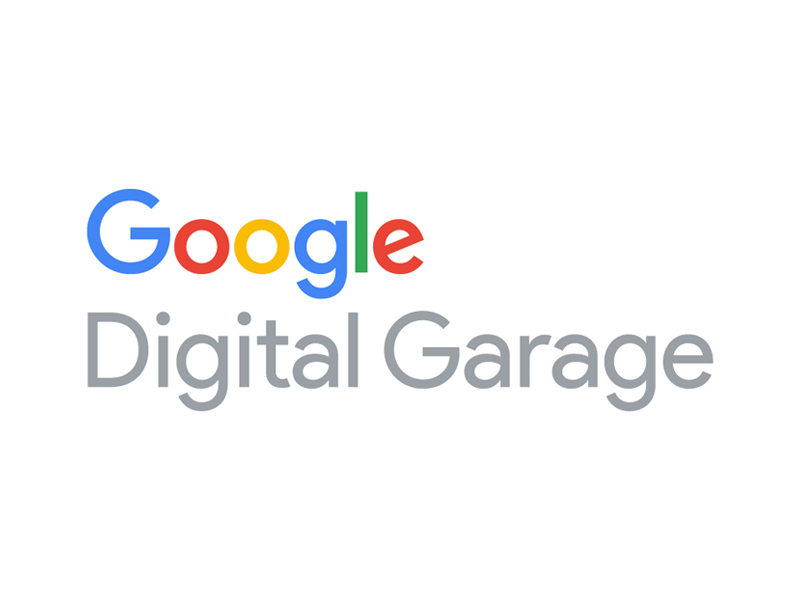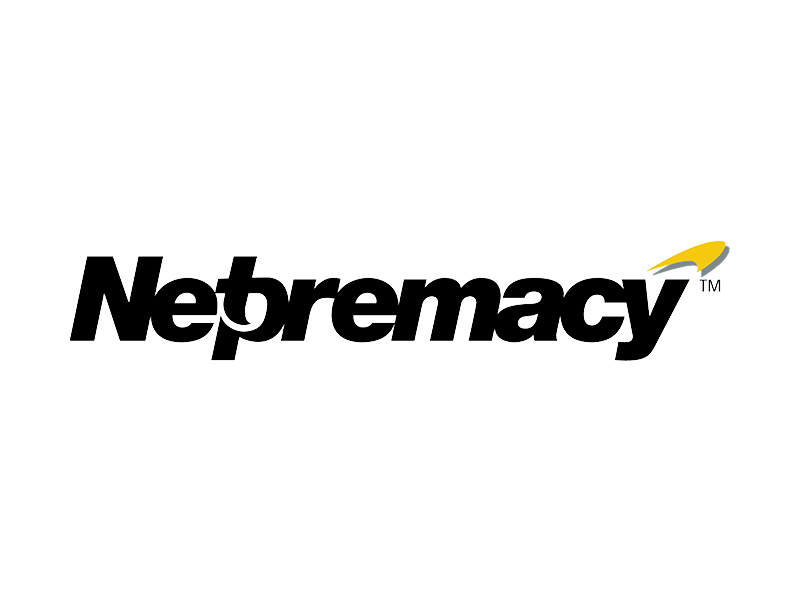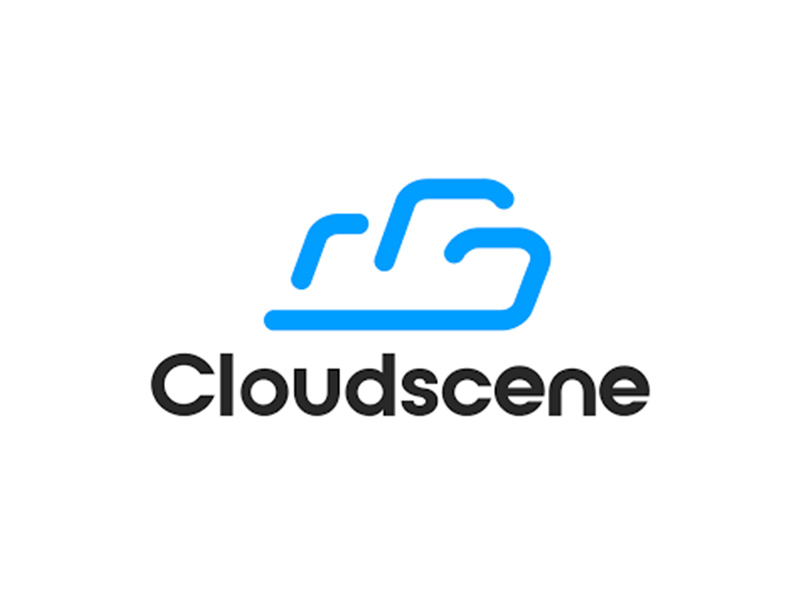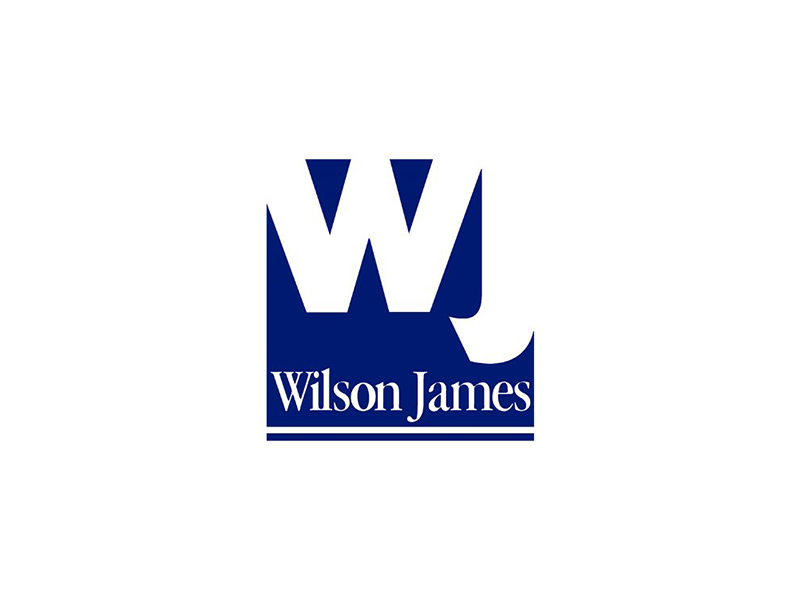A new year brings with it new questions and opportunities for growth. In 2021, we’re operating in a vastly changed environment and with Deloitte reporting that only 35% of C-suite executives felt confident to make a strategic impact in 2020, we’re eager to help spotlight impactful areas for them to focus on. So what are the most prominent changes and trends that businesses absolutely must be attuned to in 2021?
Remote Teams and Flexible Working
We would be amiss to begin anywhere other than here. The way businesses were required to work last year has vastly altered workplaces in a way that they are unlikely to ever fully return from. These trends, already permeating throughout workplaces with growing popularity as a way to work with teams, allow us to push boundaries of location, and open up the talent pool to attract the best talent. 2020 workforces were required to become remote and flexible, to ensure that team members were able to perform their duties safely while balancing home life. This is only one reason why digital transformation is fundamental for moving forward with purpose in 2021.
This report from CIPD supports the notion that those allowed to work flexibly were more motivated, productive, agile, had reduced absence rates and enjoyed more job satisfaction. 89% of employees consider flexible working to be a key motivator (over financial incentives – 77%) to their productivity at work and 81% of those with access to remote working believe it increases their productivity.

As teams become more fluid and agile, with wider organisational structures and remote and flexible working teams, the need for sleek communications systems has never been more necessary and investing in digital transformation encompasses this.
We expect to see businesses embracing flexible working to enhance agility and transitioning to digital communications and workflow management systems, essential to support remote teams and digital transformations.
Cloud
The benefits of Cloud include scalability, improved workflow & collaboration, team agility and flexibility and disaster recovery; during the pandemic of 2020, Cloud, quite simply, underpinned the survival of organisations and industries across the globe.
“During 2020 and COVID 19, companies that weren’t looking to be online or undertake any form of digital transformation, quickly put this as a priority and are now online.” Evette Martins, Cloud & Digital Transformation Consultant, Chesamel.
Gartner predicts that the Worldwide Public Cloud Services End-User Spending Forecast for Cloud System Infrastructure Services in 2022 will reach 82,225 million US Dollars. Cloud is an enabler of so many other factors entering into organisations’ focus areas for 2021, such as flexibility, remote working, sustainability, communications, collaborations, data privacy and storage. As multiple cloud platforms are integrated into business operations we see the need for multi-cloud becoming more and more prominent, and due to a largely forced adoption of Cloud throughout the pandemic, Hybrid Cloud, a mixture of private and public cloud applications, is also a popular option, allowing businesses to monitor the connectivity between the two, and therefore greater flexibility for data management.
We expect to see a much more enthusiastic uptake of cloud computing investment in 2021, with the likes of Google Cloud, AWS and Azure.
Customer Communications
Using audience data, communications should be targeted to address the specific stage of their journey & demographics. Informed customers, who are spending more time purchasing online, expect their brands to be informed of their buying habits and past purchases.

“27% of marketers believe data is the key obstacle, with many highlighting their weakness in data collection, integration and protection.” Marketing Week
Concentration on building these data funnels for first-hand data is needed for marketing teams to be able to drive personalised marketing forward and deliver this more intimate and accurate form of communication.
The language we, as brands, use to communicate with customers needs to be astutely attuned to their journey and situation too. Take a look at these stats comparing pre-pandemic language to peak pandemic in the US.
In December 2019, Gratitude & Intimacy were 7th & 8th in terms of effectiveness in customer communications, in April 2020, these same terms rocketed to 1st and 2nd place. May saw Achievement taking the lead as customer attitudes evolved once again; using rephrasing to transform messages eg. 25% off all accessories.” becomes “you’ve earned 25% off” which is more satisfying.
Moving from a harder sales approach, garnering attention, to a softer message of safety, intimacy and gratitude, around April/May shows a real understanding for the space and situations customers were in at that time.
Brand Personality and ESG
As we have seen businesses and whole industries be open, suffer, struggle, collapse, adapt and succeed, businesses, large and small, local and global, have been humanised and consumers are now beginning to relate to brands very differently.
This, coupled with the war cry for brands to be more responsible in their environmental, social and governance (ESG) decisions is changing the way that we’re seeing brands operate, highlight their values and respond to social issues. The importance of which was brought to light repeatedly in the unforgettable year of 2020.

We witnessed the explosion of the BLM movement which opened the floor for companies to prove their values. We saw companies stating their solidarity and taking a stand across their platforms, making apologies and amendments. Netflix added a whole collection of informative content to their viewing platform around BLM to support & educate. But for some, the movement prompted rebranding, for example, Uncle Bens, recognising the need to modernise their brand, showed a sense of responsibility in reaction to a global movement. By making clear moves on important issues such as this, brands can outline their values and personality, however, authenticity in these movements is vital. Authenticity builds brand equity. A great example of this is Ben and Jerry’s – one brand who could not be accused of inauthenticity on this movement, with an existing known and vocal culture supporting the issues they care about.
While so many organisations were busy making a stand and pivoting their brands to remain connected to the customer, there are still huge corporations who have been relatively unaffected by negative press and the struggles of the pandemic such as Boohoo, who’s customer base rose by over a third, bringing them a 51% increase in profits in the first half of the year, despite their poor factory working conditions and company practises. Clearly, the importance of focus on ESG or even cultivating a brand personality to build brand loyalty is a gradual change.
It is a new type of customer we’re seeing, putting their own personal integrity and values into their buying decisions. We are still seeing that despite brand images taking a dent, that buyer behaviour as a whole has a number of rationales. But the start of 2021 has shown that the direct communication customers have with brands are leading to significant changes in brand voice. Those willing to make changes are being noticed even if it’s taking longer than you might expect.
“76% of EY survey respondents believe goals around ESG should be integrated into the stimulus package designed to help the economy recover from the pandemic.” EY
Companies who focus on their ESG risks focus on the negative impact that their business is radiating out into the world, and on what they can do to reduce these effects. It is suggested that these companies are more resilient in the long term as a result of this and can be of more interest at investor level, with investors choosing responsible companies with better ESG credentials for future profiles.
We will see those businesses who focus on their ESG risks and who portray their personality, people, considerations and honesty forward, increasingly favoured by consumers.
Digitalisation In Marketing: Voice Tech, AI and AR
Customers have become more digitally orientated (again this gradual shift has only been exacerbated by the pandemic), meaning businesses need to meet and exceed expectations of what they can do for customers online, how fast they can do it and how personalized an experience can be.
The need for remote operations during ongoing lockdowns and restrictions, meant businesses getting creative with the ways that they could offer the best service possible, in the safest ways. The desirability for anything contactless soared last year, so aside from contactless payments, investing in voice technology for customers to gather information, check order status’ and even purchase is the direction to go with “40% of users making purchases via voice” (VixenLabs) and this includes users of all ages.

Other tools available to provide the best service possible is through the use of AR & AI. AR could boost ad conversions by up to 40% when fully integrated into ad campaigns, to connect deeply with consumers. This can be used to experience or visualise before purchase, through technology such as Simultaneous Localisation and Mapping (SLAM). AI can improve customer communications and response times via chatbots, track multi-channel communications, and help teams to drive sales pipelines. Sales teams can integrate AI tools to forecast sales using customer buying patterns, managing GDPR requirements and assisting in lead generation and nurturing pipelines to close sales, the use of AI-driven CRM programs allows teams to transform unstructured data into structured data that can be used to tailor communications. Mastering this data and, in turn, customer relationships is a key step to maintaining repeat custom. We predict a steady rise in investment across these technologies into 2021.
Here’s what our COO has to say about 2021, the vitally important year, following a global pandemic and significant changes to organisations worldwide.
“We have found even the most prepared organisations have required fundamental changes in how they operate and manage their strategy, over the past year. Strategic flexibility and an ability to pivot has never been more essential than it was in 2020 and will be in 2021, specifically to address previously unaddressed skills for a number of sectors.
We are continuing to see organisations try to balance headcount, finances and bridge skills gaps by bringing critical skills into an organisation. Never before has digital transformation and bridging the skills gap been more crucial to an organization’s strategy, and those who adapt to accommodate this will be the ones we see thrive over the next 12 months. We’re excited to see how team compositions change, as well as how they collaborate, we know that synergy is what all organisations will need to strive to achieve this coming year.” – Emma Cofie, COO, Chesamel
For more on industry trends, digital transformation, marketing, skill development and talent acquisition for your teams, sign up to our newsletter and receive our insight straight to your inbox.












